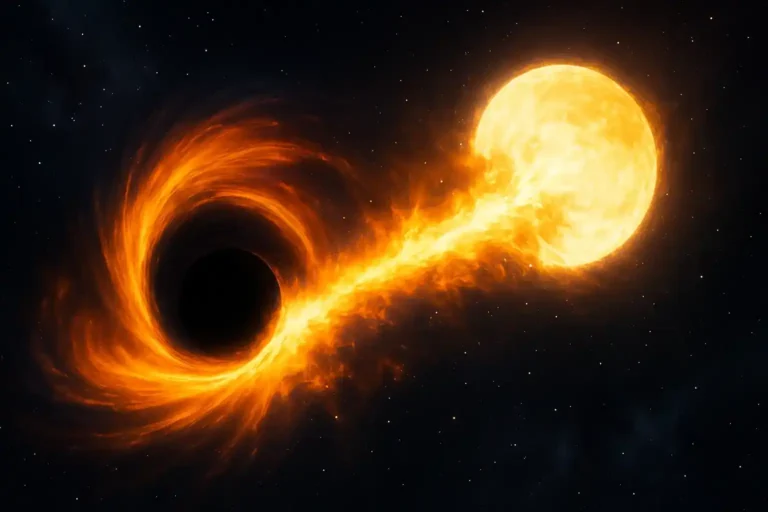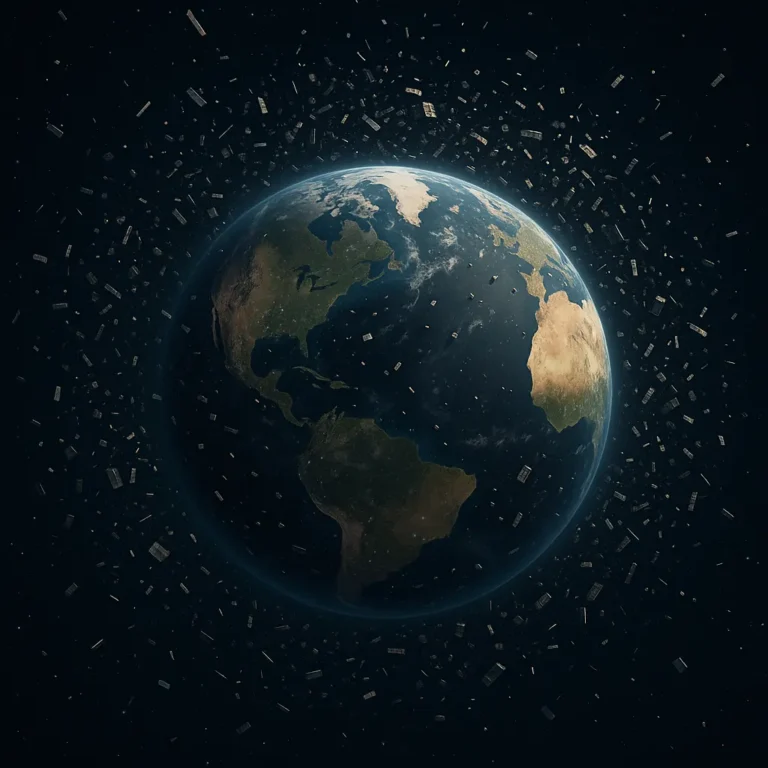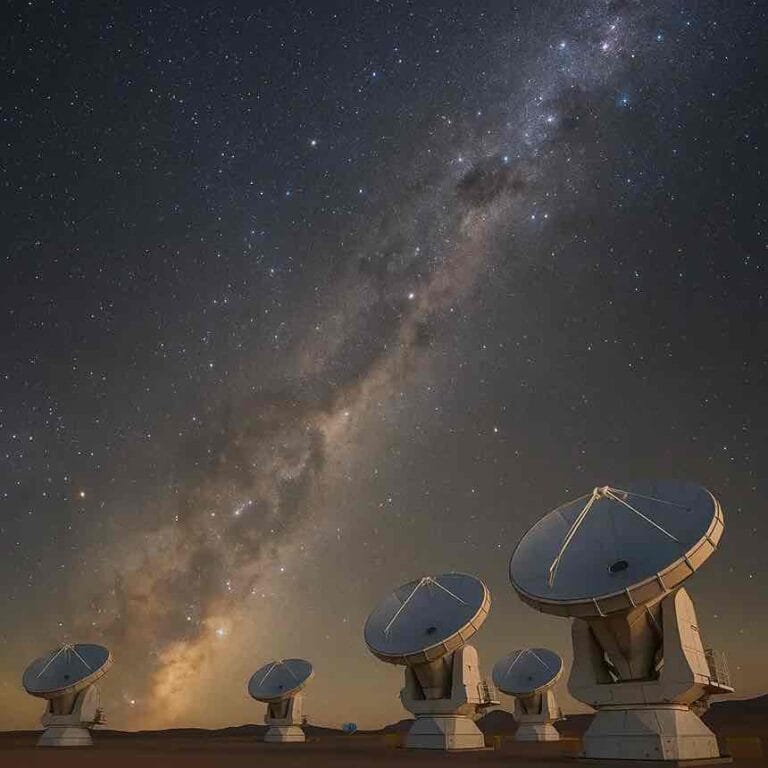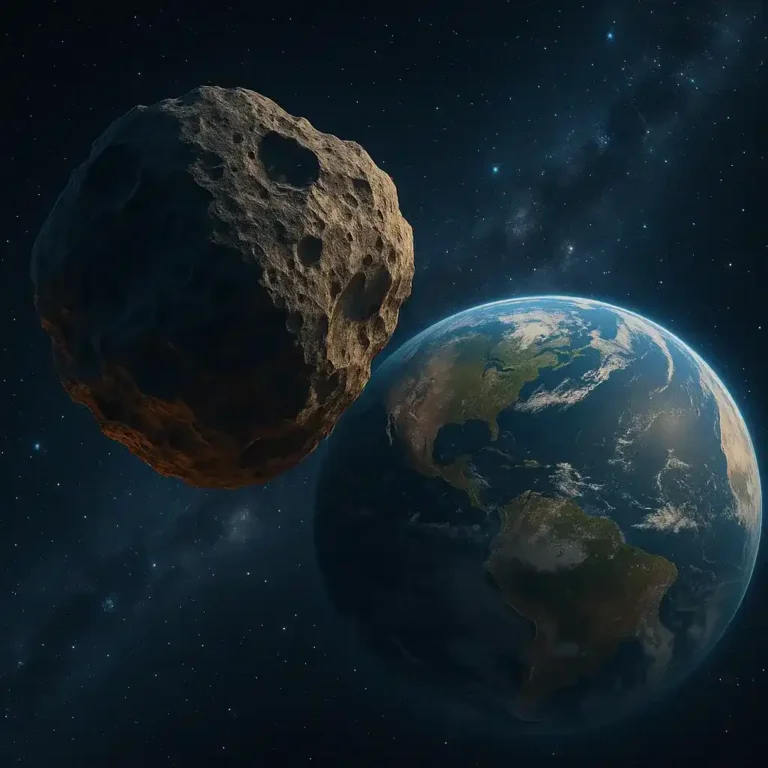Scientists have recently discovered a strange alien world that seems to defy everything astronomers thought they knew about how planets form and behave. This mysterious exoplanet is so large yet so lightweight that researchers describe it as “cosmic cotton candy.” The finding has stunned the scientific community and reignited questions about what truly defines a planet.
Also read: Scientists Detect a Strange Gravity Signal Rising from Deep Within Earth After 20 Years of Silence
Discovery of a Weird Planet That Shouldn’t Exist
The new planet, officially named WASP-193b, was first detected by a European telescope network scanning distant stars for periodic dimming. What shocked scientists was not its size — nearly one and a half times that of Jupiter — but its mass. It is only about one-tenth as massive, making it one of the least dense planets ever found.
In practical terms, WASP-193b is about as dense as cotton candy, or even less. If there were a way to fly through its atmosphere, a spacecraft would drift through vast clouds of gas without encountering solid ground. This unusual structure places it firmly in the category of a strange alien world, unlike any other known exoplanet.
Researchers believe the planet’s “puffiness” comes from extreme radiation from its nearby star, which heats and expands the planet’s outer layers. However, the degree of inflation is far greater than any current planetary model can explain. As one astrophysicist noted, “It’s as if the universe decided to ignore the rules of physics for a moment.”
A Puffy Exoplanet That Challenges Planetary Science
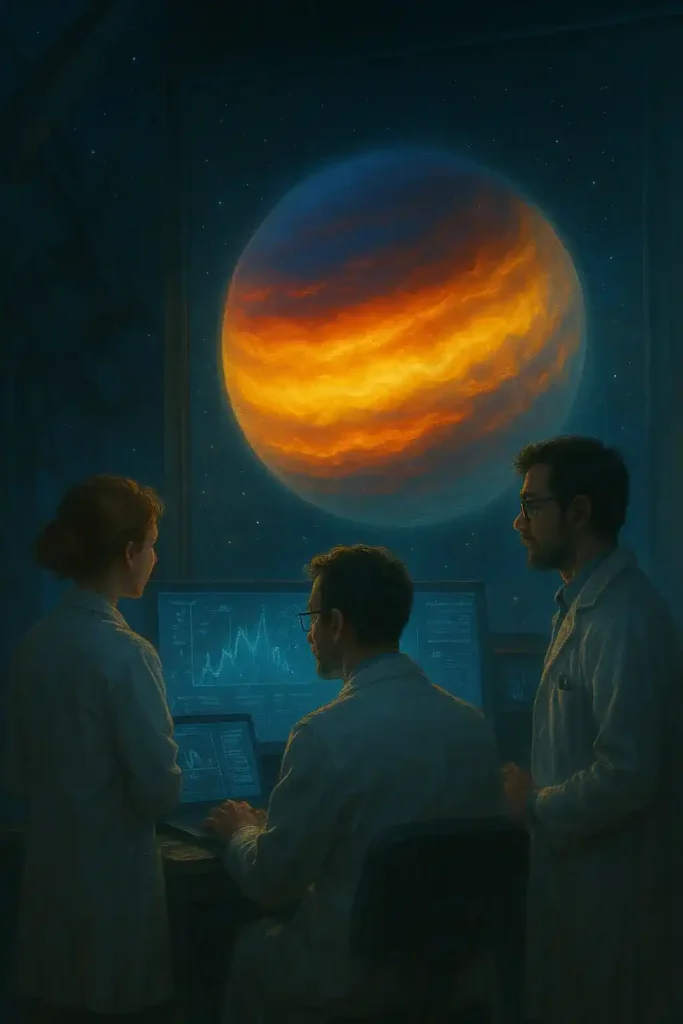
The discovery of this puffy exoplanet is forcing astronomers to rethink long-held theories about planet formation and stability. Planets typically form from disks of gas and dust that compact under gravity. But in this case, gravity seems to have taken a backseat — the planet’s atmosphere has expanded so much that it barely holds together.
Scientists using the Hubble and James Webb Space Telescopes are now analyzing the planet’s atmospheric composition. Early data suggest large amounts of hydrogen and helium, with possible traces of methane. The inflated nature of this world might reveal how extreme heat and stellar winds can reshape a planet’s destiny.
Even more puzzling is the planet’s orbit: it sits incredibly close to its star, completing a full orbit in just a few Earth days. Such proximity should strip away its atmosphere, yet this puffy exoplanet somehow persists — an enigma wrapped in a cloud of gas.
Why This Strange Alien World Matters
Understanding this strange alien world could unlock vital clues about how planets evolve and survive in hostile cosmic environments. It also challenges the boundaries of what astronomers consider “normal.”
Here’s why it matters:
- It may reveal unknown processes of atmospheric heating and expansion.
- It provides new insight into the diversity of planetary systems beyond our solar system.
- It shows that planetary physics may be far more flexible than scientists once believed.
In the broader sense, every time a discovery like this happens, humanity’s understanding of the cosmos grows — and so does our imagination. Each strange alien world reminds us that the universe still holds secrets far stranger than fiction.
Conclusion
The discovery of WASP-193b stands as a humbling reminder that the universe is not bound by human expectations. This strange alien world, vast and impossibly light, continues to puzzle and inspire scientists. As observations continue, one thing becomes clear: our cosmic neighborhood is far more diverse — and far more wondrous — than we ever imagined[1].
Also watch: A Rare Lunar Eclipse September 2025: When and Where to Witness the Stunning Blood Moon


